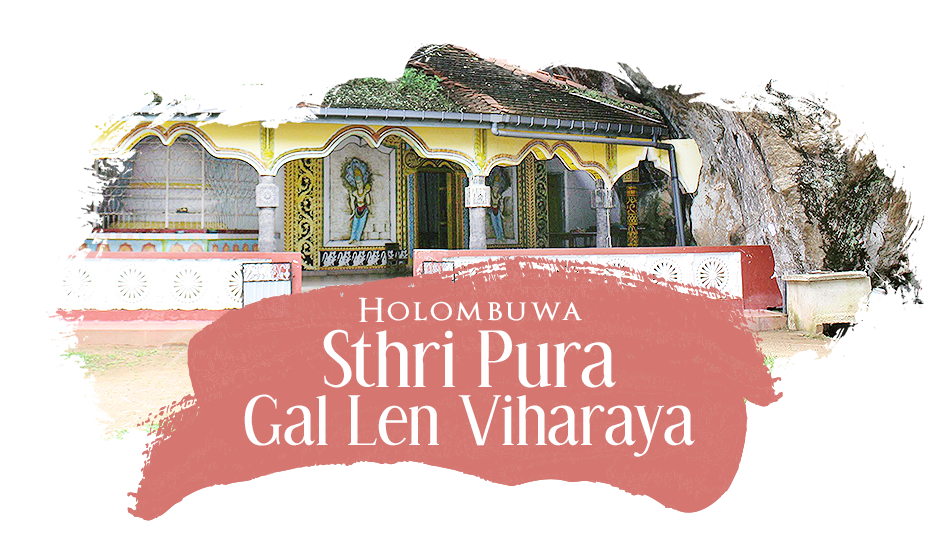
Feel like reading on the untold history of Sri Lanka? Here’s a good place to start.
According to folklore, King Valagamba had concealed 500 of his queens in this cave when he himself was in hiding and thus it is said that the name Sthripura originated as a result. In Sinhala, “Sthripura” means a location full of women. Additionally there were a network of tunnels inside the cave which was designed for the king to escape.
About 250 years after the reign of king Valagamba, the cave was discovered by a Buddhist priest who converted it into a temple and from then onwards it came to be known as the “Holombuwa Sthripura Gal Len Viharaya”

Unlike any other cave in Sri Lanka, it has a magnificent natural stone arch at the entrance to the cave. While it is an ideal destination for any nature lover, it is almost as interesting for individuals interested in visiting venues with historical value and significance. Aside from pilgrimaging the cave, if time permits, one can also view other nearby attractions such as Beligala Raja Maha Viharaya and Salgala Arana.
Since the stone cave temple is situated in the Holombuwa GS Division, one can travel down the Colombo – Kandy main road till Nelundeniya Junction, then go on the Dedigama Road till encountering the Thunthota Junction. A left turn from there down Arandara Road will get you to the Holombuwa Town.
Don’t let rain ruin your trip to Holombuwa Stone Cave Temple. Avoid planning a visit from March to July or October or November since the Monsoonal and Inter-monsoonal rains will make it a difficult journey.
We are Antiquity Sri Lanka. We offer bespoke tours to the tropical island where you will find yourself lost in the marvels of the country, while we take care of all the details.
Speak to our team of friendly and warm customer agents who’ll craft the very best packages that fit your exact requirements.
Copyrights © 2020 Antiquity Design + Developed by 